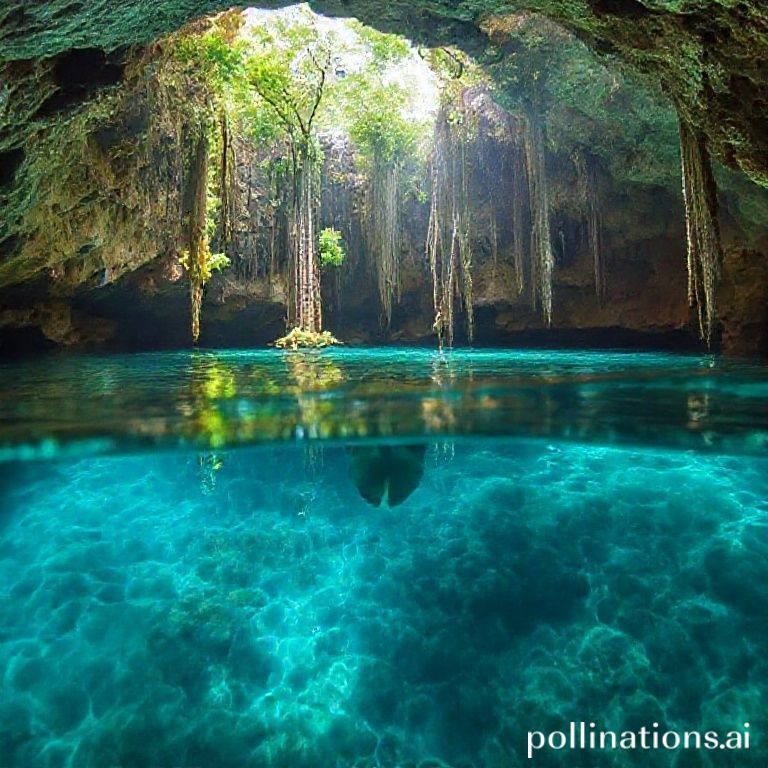The Yucatan Peninsula is a treasure trove of natural wonders, but few are as captivating as its cenotes. These stunning sinkholes, formed by the collapse of limestone bedrock, reveal hidden worlds of crystal-clear freshwater and intricate cave systems. For underwater photographers, cenotes offer a unique and unforgettable experience, combining natural beauty with challenging and rewarding shooting conditions.
But with so many cenotes to choose from, deciding where to dive in can be overwhelming. This guide will highlight some of the best cenotes for underwater photography, considering factors like water clarity, light penetration, unique formations, and accessibility.
Gran Cenote: A Photographer’s Playground
Gran Cenote, located near Tulum, is one of the most popular and easily accessible cenotes in the region. Its clear, turquoise water and abundant natural light make it an ideal spot for both beginner and experienced underwater photographers. The cenote is divided into several sections, connected by shallow, easily navigable passages. You’ll find stunning stalactites and stalagmites, creating dramatic silhouettes against the sunlit water.
What Makes Gran Cenote Special for Photography?
- Excellent Light: The open sections of Gran Cenote allow for plenty of natural light, making it easier to capture vibrant and well-exposed images.
- Diverse Scenery: From open water areas to narrow passages, Gran Cenote offers a variety of photographic opportunities.
- Easy Access: Its proximity to Tulum and well-maintained facilities make it a convenient choice.
Cenote Dos Ojos: Explore the Bat Cave
Cenote Dos Ojos, meaning “Two Eyes” in Spanish, is another popular choice, known for its extensive cave system and stunning formations. The two “eyes” are actually two separate cenotes connected by an underwater passage. The deeper of the two, often called the “Bat Cave,” is a favorite among experienced divers and photographers. While it requires a bit more skill and specialized equipment, the rewards are immense.
Tips for Photographing Dos Ojos:
- Use a Wide-Angle Lens: To capture the scale of the cave and its formations.
- Bring a Strong Underwater Light: Essential for illuminating the darker sections of the Bat Cave.
- Consider a Dive Guide: Navigation within the cave system can be challenging, so a guide is highly recommended.
Cenote Aktun Ha (Carwash Cenote): A Lush Oasis
Cenote Aktun Ha, also known as the Carwash Cenote, offers a different perspective. While it may not have the dramatic cave formations of other cenotes, it boasts a unique ecosystem with lush vegetation and fascinating haloclines (a distinct layer where fresh and saltwater meet). The interplay of light and shadow through the trees creates an ethereal atmosphere, perfect for capturing moody and atmospheric images.
Photographing the Halocline:
- Understand the Refraction: The halocline distorts light, creating surreal and wavy effects. Use this to your advantage!
- Experiment with Shutter Speed: To capture the movement of the water and the halocline.
- Focus Carefully: The shifting water can make it challenging to achieve sharp focus.
Cenote El Pit: A Deep Dive into the Abyss
For experienced divers and photographers seeking a truly unique experience, Cenote El Pit offers a thrilling descent into the depths. This cenote plunges to an impressive 120 meters, with dramatic rock formations and a hydrogen sulfide cloud that creates an otherworldly atmosphere. The sunlight filtering down from the surface creates stunning beams of light, making for unforgettable images.
Important Considerations for El Pit:
- Advanced Diving Skills Required: El Pit is a deep dive and requires specialized training and equipment.
- Excellent Buoyancy Control is Crucial: To avoid disturbing the delicate ecosystem.
- Plan Your Dive Carefully: Consider the depth, time limits, and potential hazards.
Conclusion
The cenotes of the Yucatan Peninsula offer a wealth of opportunities for underwater photographers of all levels. From the sun-drenched shallows of Gran Cenote to the mysterious depths of El Pit, each cenote presents a unique and captivating environment. By carefully considering the conditions and preparing accordingly, you can capture stunning images that showcase the beauty and wonder of these natural treasures. Remember to respect the environment, dive safely, and leave only bubbles!
If you enjoyed this article, don’t forget to explore more inspiring stories on Life in Mexico!
IMAGE: A wide-angle underwater photograph inside a cenote in Mexico. Sunlight streams down through the clear turquoise water, illuminating a diver exploring the cavern. Stalactites hang from the ceiling, creating dramatic shadows. The overall mood is serene and awe-inspiring. Use a vibrant, slightly desaturated color palette.


